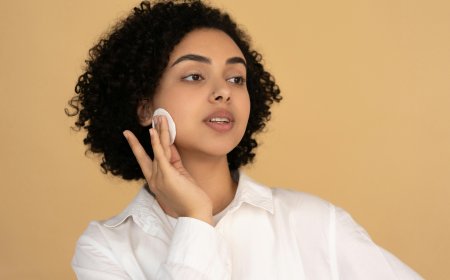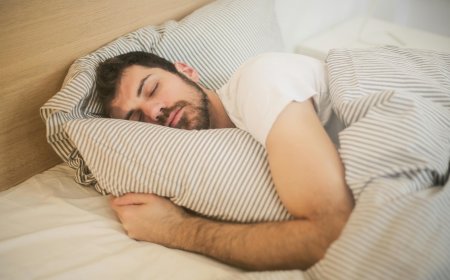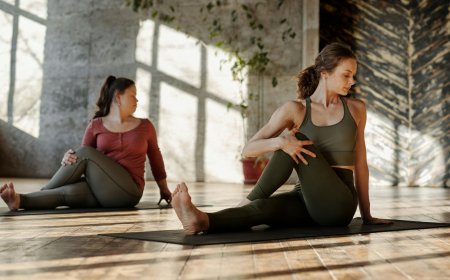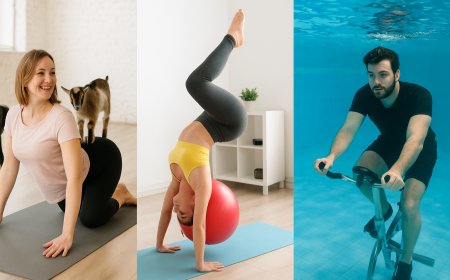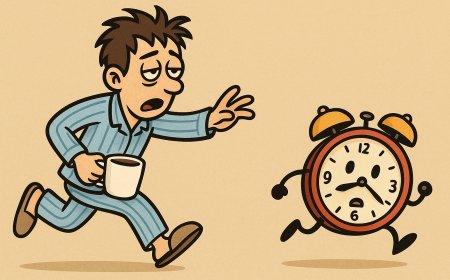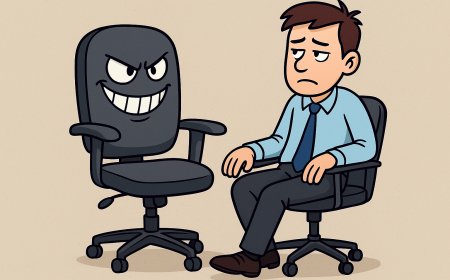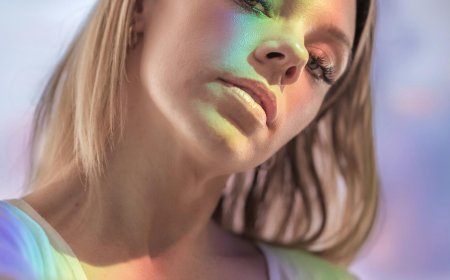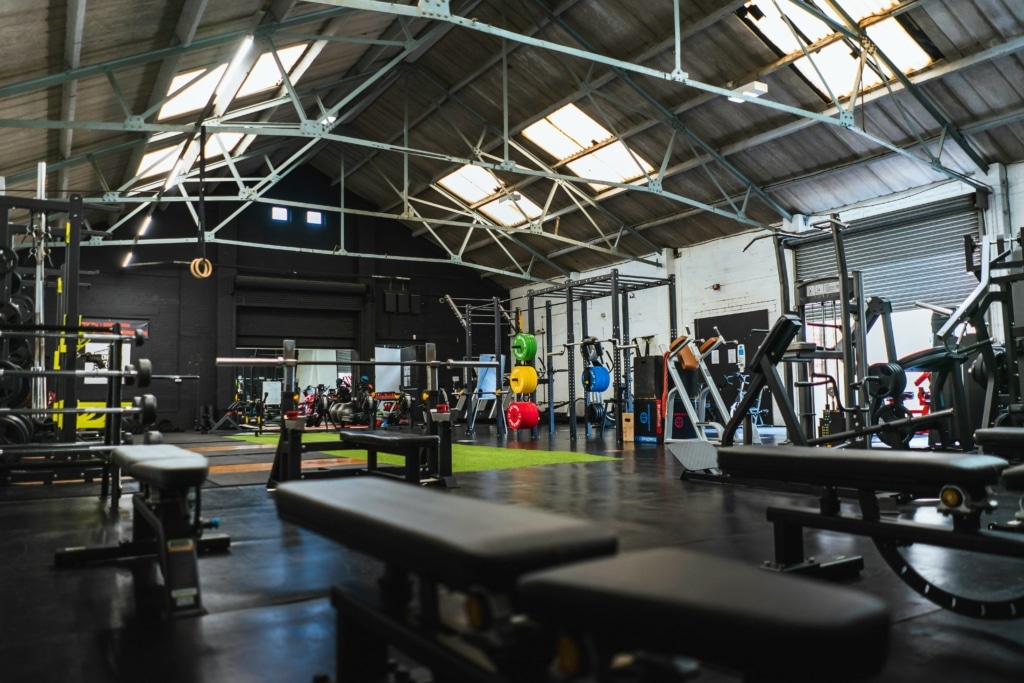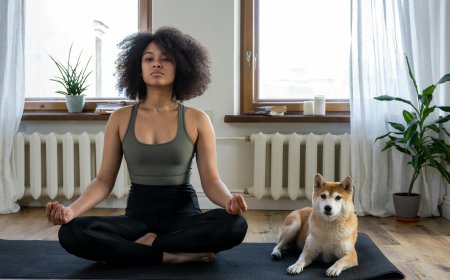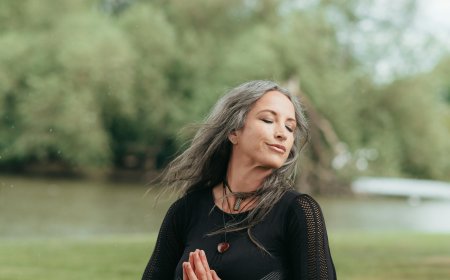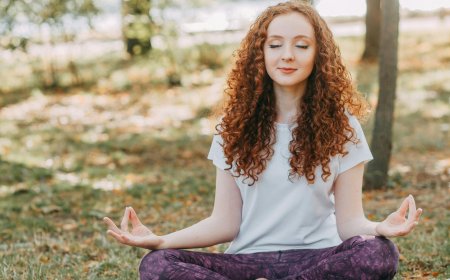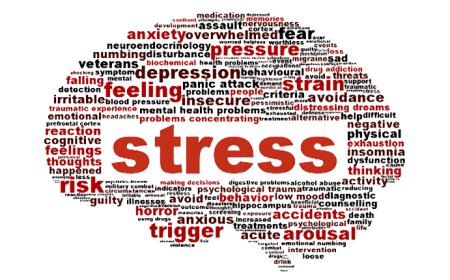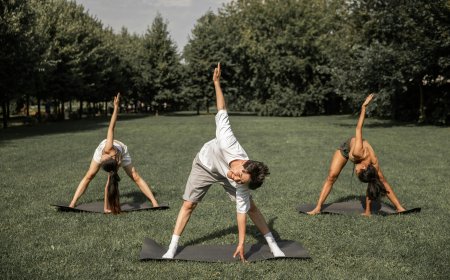Seasonal Affective Disorder Is Real and Very Treatable
Everyone has a distinct reaction to the arrival of fall and winter. Some people look forward to the colder weather and enjoy winter sports, pleasant nights in front of the fire, and holiday parties. Others may like the spring and summer months but are unaffected by seasonal changes. However, up to 500,000 Americans each year face severe physical and psychological effects when the days shorten in the transition from summer to fall. If their symptoms reoccur at the same time every year, they may have seasonal affective disorder (SAD).

SAD Is a Recognized Diagnosis
"SAD is a real medical condition and a subtype of depression with specific criteria for diagnosis and effective treatment," explains Francoise Adan, MD, psychiatrist and University Hospitals' Chief Whole Health and Well-Being Officer. "Unlike a passing case of the winter blues, symptoms usually begin in September or October, persist throughout the winter months and disappear in March or April, when the days get longer again," she continues.
The symptoms of SAD typically include:
Feeling lethargic and sluggish in both mind and body
Increased sleep and trouble getting out of bed in the morning Cravings for carbs and other comfort foods, which frequently result in weight gain
Loss of interest in previously enjoyed activities.
What Causes SAD?
Researchers aren't sure what causes seasonal depression, but most think it's related to the shorter days, longer periods of darkness, and decreased exposure to sunlight that accompany the arrival of fall and winter.
"Reduced sunlight disrupts the internal clock that lets us know when to sleep and when to be active," according to Dr. Adan. "When it's bright and sunny outside, the brain produces serotonin, which is thought to help boost mood, promote calmness, and increase focus." Similarly, darkness causes the release of melatonin, a sleep-inducing hormone. Some persons are extremely susceptible to the lower serotonin levels that might result from less sunshine exposure, and their circadian rhythm can become considerably disrupted, putting them in a state of depression.
Who Is at Increased Risk?
The greater your distance from the equator, the greater your risk of SAD, most likely due to decreased exposure to sunlight throughout the winter. As a result, those living in the far north or far south of the globe are more vulnerable. Other risk factors are:
- Gender: Women are more frequently diagnosed but men often have more severe symptoms.
- Family history: SAD is more common in people with blood relatives with SAD or another type of depression.
- Personal medical history: Those with a history of depression or bipolar disorder may be more likely to develop SAD.
- Vitamin D deficiency: Low levels of Vitamin D can be a risk factor for SAD.
When to Seek Treatment for Seasonal Depression
As winter approaches, it is critical to be self-aware and pay attention to how you are feeling. If you observe a fall in your mood that lasts for many days, if your sleep and appetite patterns have changed, and you are having difficulty motivating yourself to do activities you normally enjoy, or if you feel hopeless and are contemplating self-harm, it is critical that you consult your health care provider.
The first step is for your doctor to rule out other possible reasons of your symptoms, such as viral infections, hypothyroidism, or other medical disorders. "It can be frightening to have feelings of being nonfunctional all of a sudden." "It's reassuring to know that your symptoms aren't life-threatening and that you have a real and treatable condition," says Dr. Adan.
If a SAD diagnosis is established, treatment must begin immediately. Without treatment, SAD symptoms frequently persist and increase throughout the winter, becoming debilitating.
Effective Treatments Are Available
Light therapy (phototherapy) is the first line of treatment for SAD since it is inexpensive and practical because it may be done at home.
Light therapy entails the use of a light box that emits bright artificial light that the patient just looks at every morning for 15 minutes, progressively increasing to 30 minutes. "For this treatment to be effective, the light box must be consistently used every day starting as soon as the symptoms begin and continuing through March and April," according to Dr. Adan. "And, it's very important to ensure that the light box used produces 10,000 lux (a measurement of light level intensity) or it won't be effective," she says.
Light boxes are widely available online and in certain retail outlets - a prescription is not required.
Light therapy is frequently the only treatment required to alleviate symptoms. However, certain people may benefit from additional treatments, which may include:
- Cognitive Behavioral Therapy: Talking to a mental health professional can be beneficial for some people.
- Medication: Some patients may need the additional, temporary support of antidepressant medication.
- Integrative Medicine: There is some evidence that acupuncture, yoga and meditation and some supplements can be helpful for some people.
Additional Ways to Manage or Prevent SAD
Even though some people are genetically susceptible to seasonal affective disorder, everyone can take efforts to reduce their risk. These are some examples:
If you know you have SAD, start light therapy in September, before symptoms appear.
Consume a diet high in fruits, vegetables, whole grains, and lean protein.
Reduce or eliminate your use of alcohol.
Maintain consistent sleeping patterns.
Diagnosis.
Even after a comprehensive evaluation, your health care provider or mental health professional may struggle to diagnose seasonal affective disorder since other types of depression or mental health issues might cause similar symptoms.
A thorough evaluation to help diagnose seasonal affective disorder (SAD) typically includes:
Physical examination. Your doctor may perform a physical exam and ask detailed questions about your health. Depression may be linked to an underlying physical health problem in some circumstances.
Laboratory tests. For example, your doctor may do a complete blood count (CBC) test or examine your thyroid to ensure it is functioning properly.
Psychological assessment. Your health care physician or mental health professional can check for signs of depression.
Self care
In addition to your seasonal affective disorder treatment plan:
Make your surroundings more sunny and bright. Open your blinds, trim tree branches that are blocking sunlight, or install skylights in your home. Sit closer to light windows when at home or at work.
Step outside. Take a long walk, eat lunch at a local park, or simply relax on a bench in the sun. Even on chilly or gloomy days, outside light can be beneficial, especially if you spend some time outside within two hours after waking up.
Exercise on a regular basis. Exercise and other forms of physical exercise alleviate stress and anxiety, both of which can exacerbate symptoms. Being more fit can also make you feel better about yourself, which can raise your spirits.
Coping and support
Maintain your treatment plan. Follow your treatment plan and show up for therapy appointments on time.
Look after yourself. Get enough sleep to feel rested, but don't sleep too much, as symptoms often cause people to want to hibernate. Participate in a regular exercise regimen or another sort of physical activity. Make healthful meal and snack selections. Don't seek solace in drink or recreational drugs.
Exercise stress management. Learn how to better manage your stress. You could, for example, attempt relaxing practices like yoga, tai chi, and meditation. Stress that is not managed can lead to depression, overeating, and other undesirable thoughts and habits.
Socialize. It can be difficult to be social when you are depressed.
Make an effort to connect with people who you enjoy spending time with. They can provide comfort, a shoulder to cry on, or shared laughter to lift your spirits.
Take a vacation. Take winter holidays in sunny, warm regions if possible, or summer vacations in cooler locations if possible.
What's Your Reaction?















